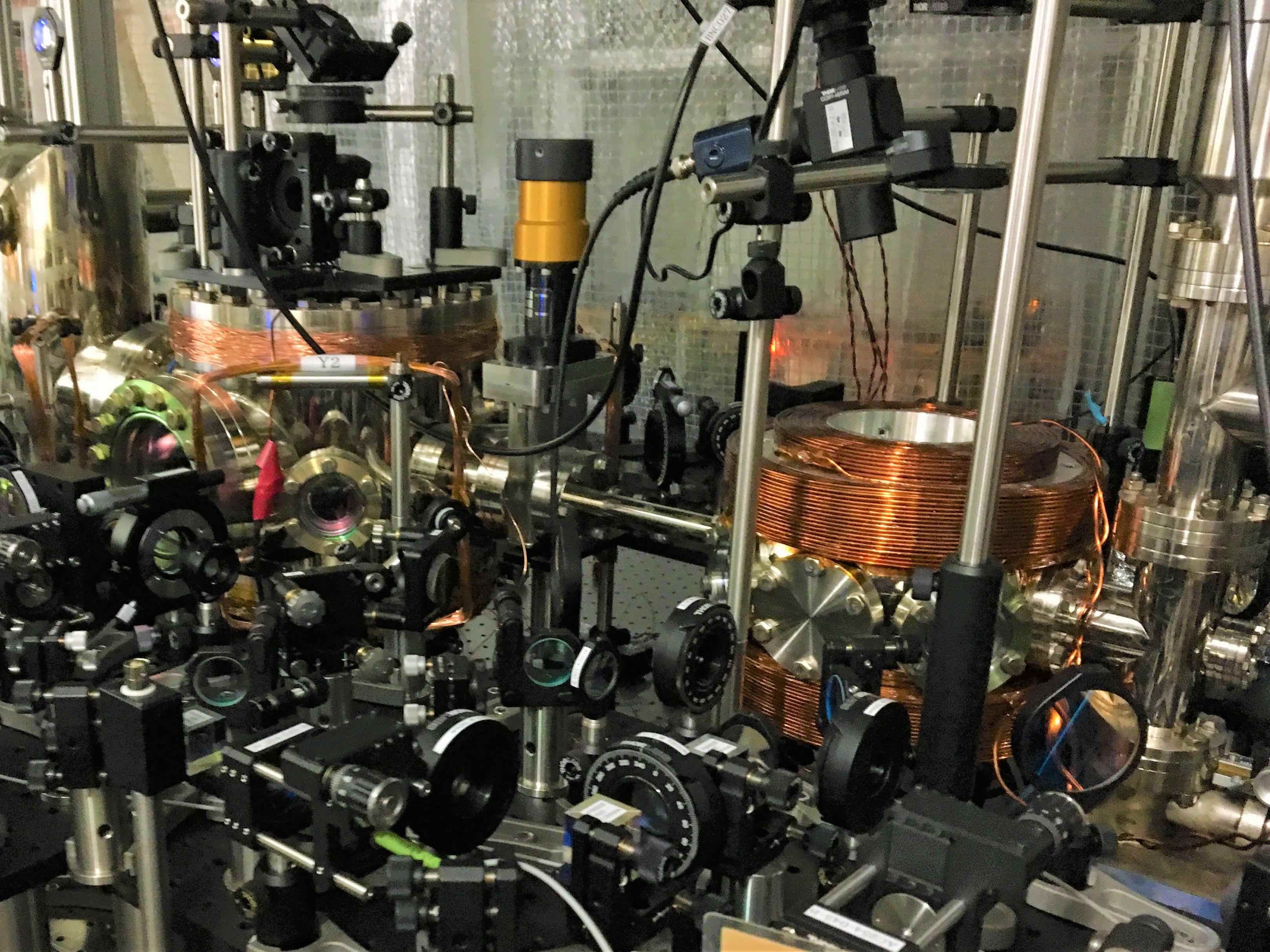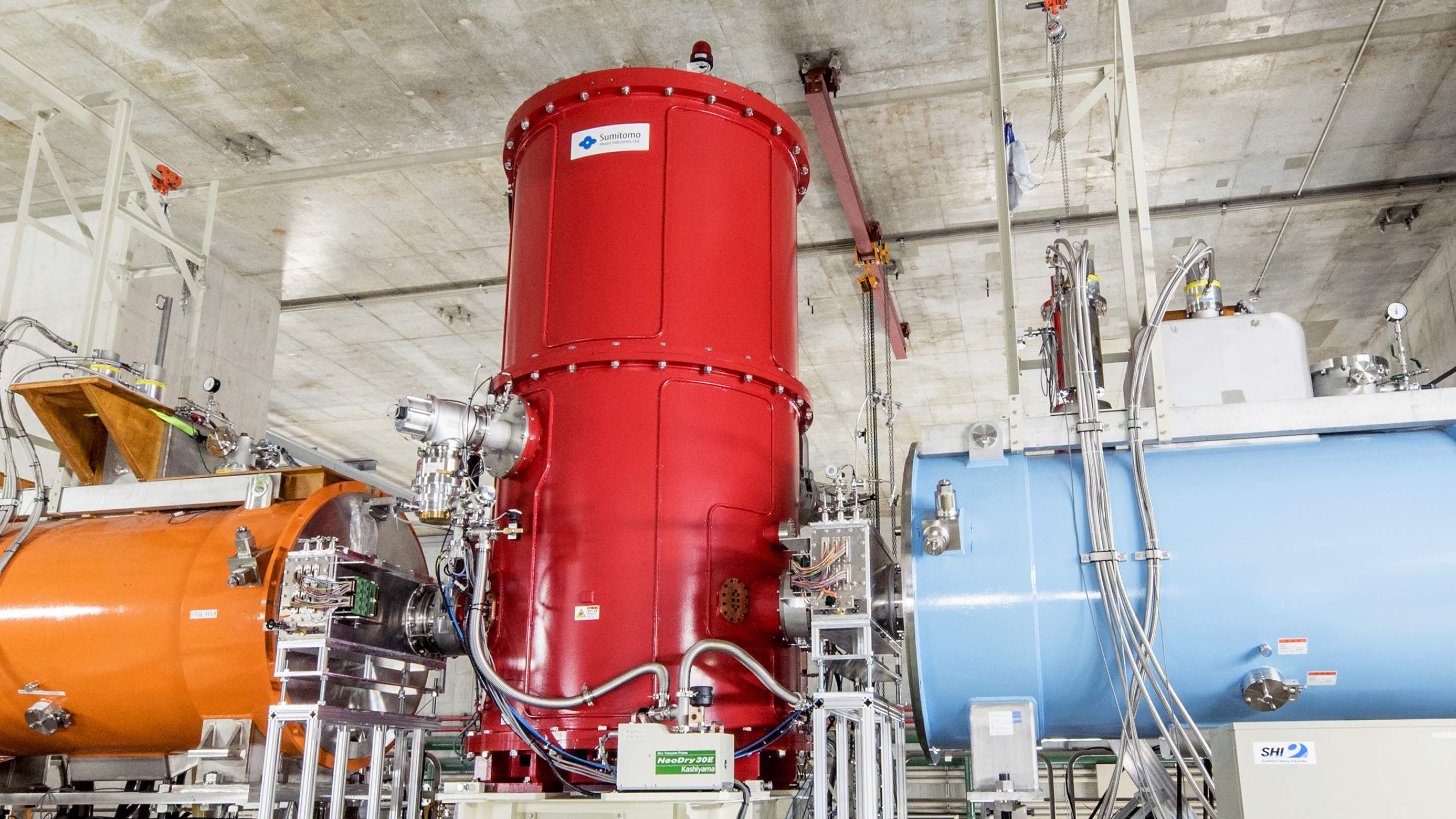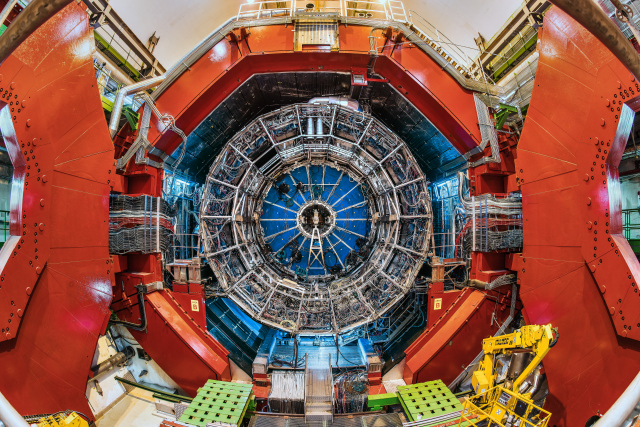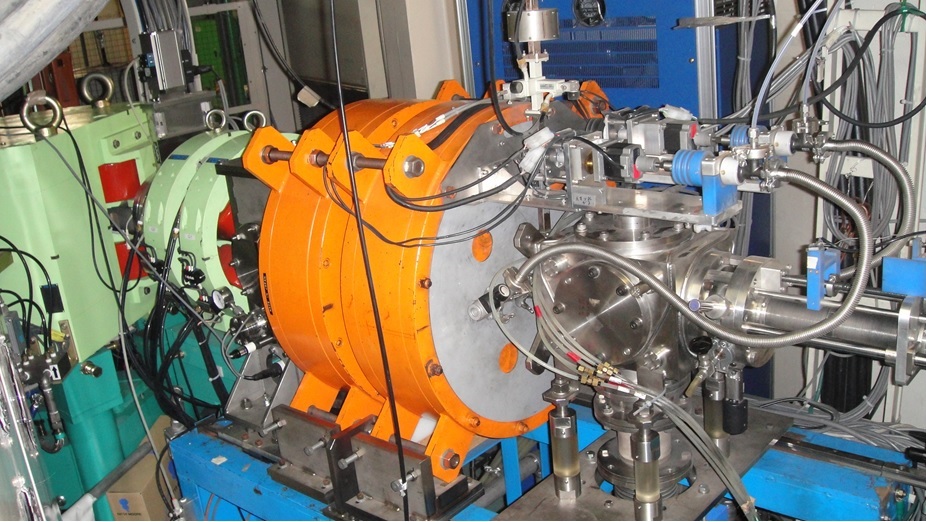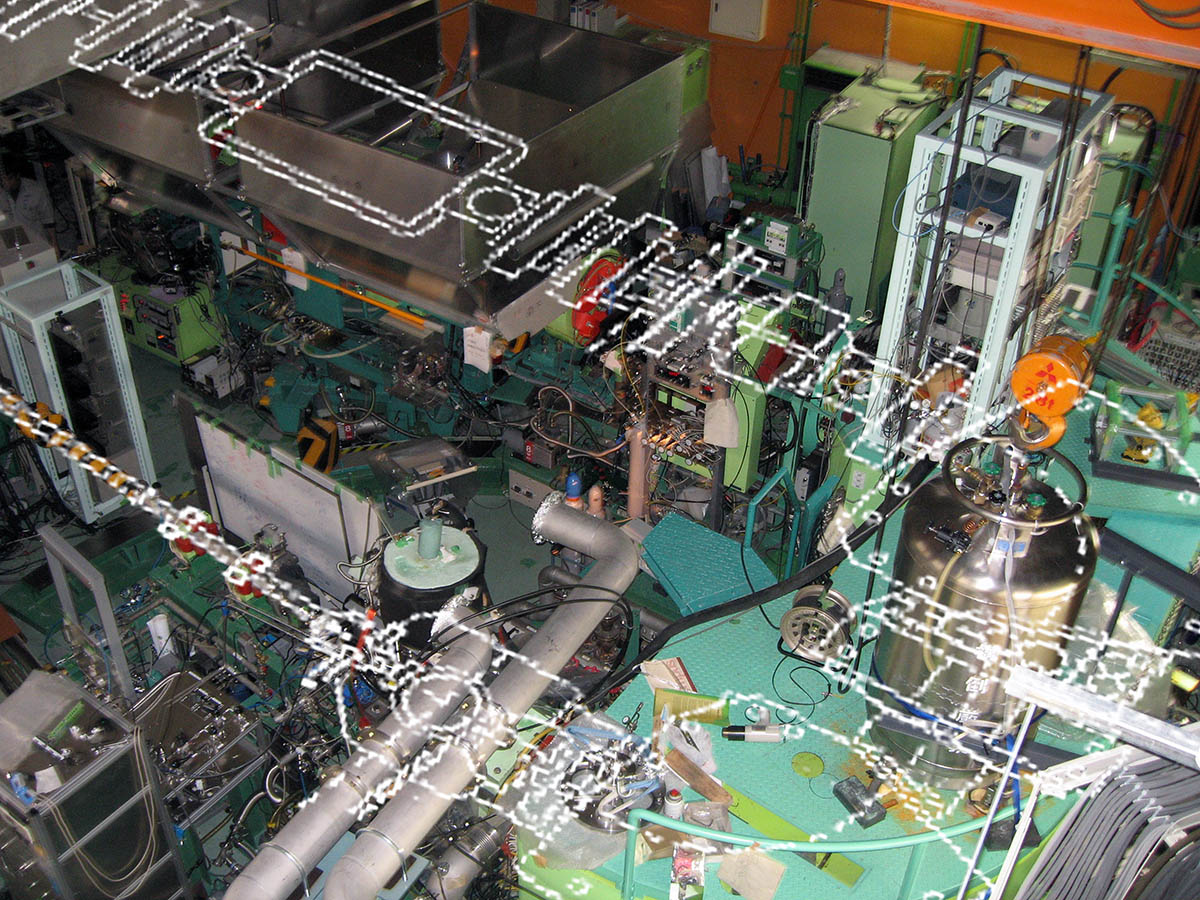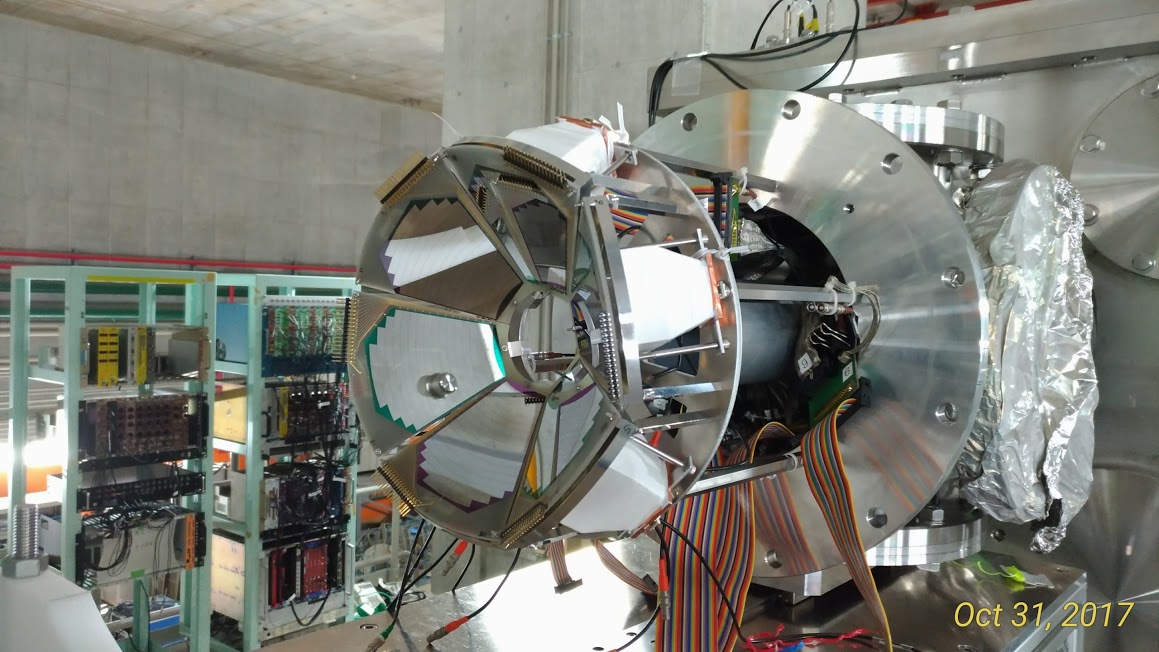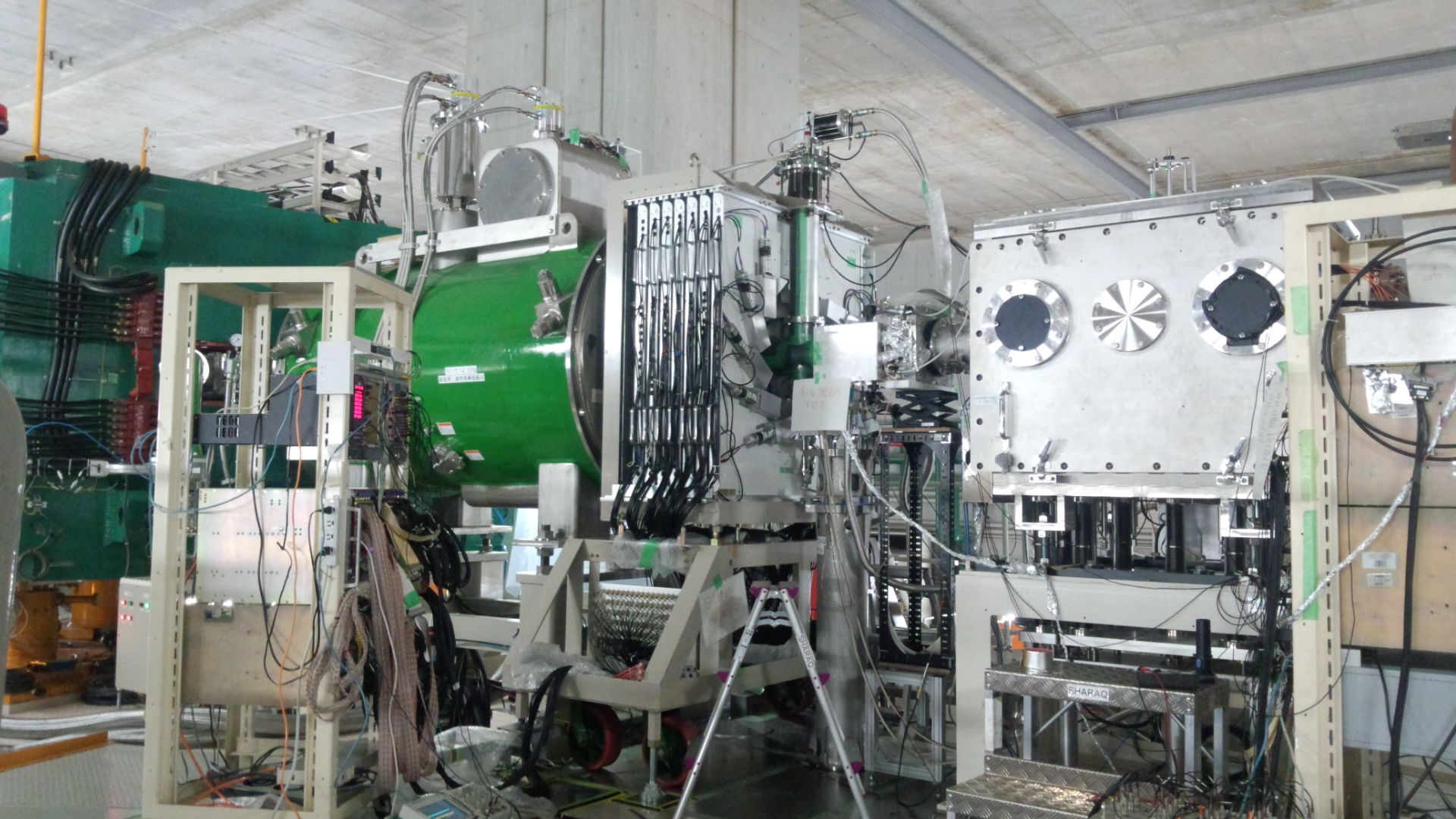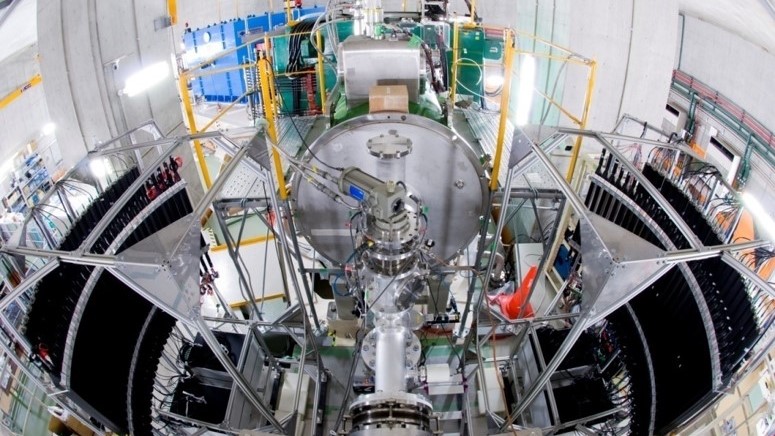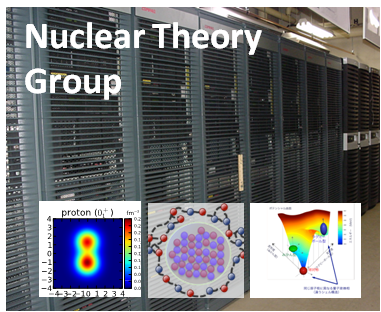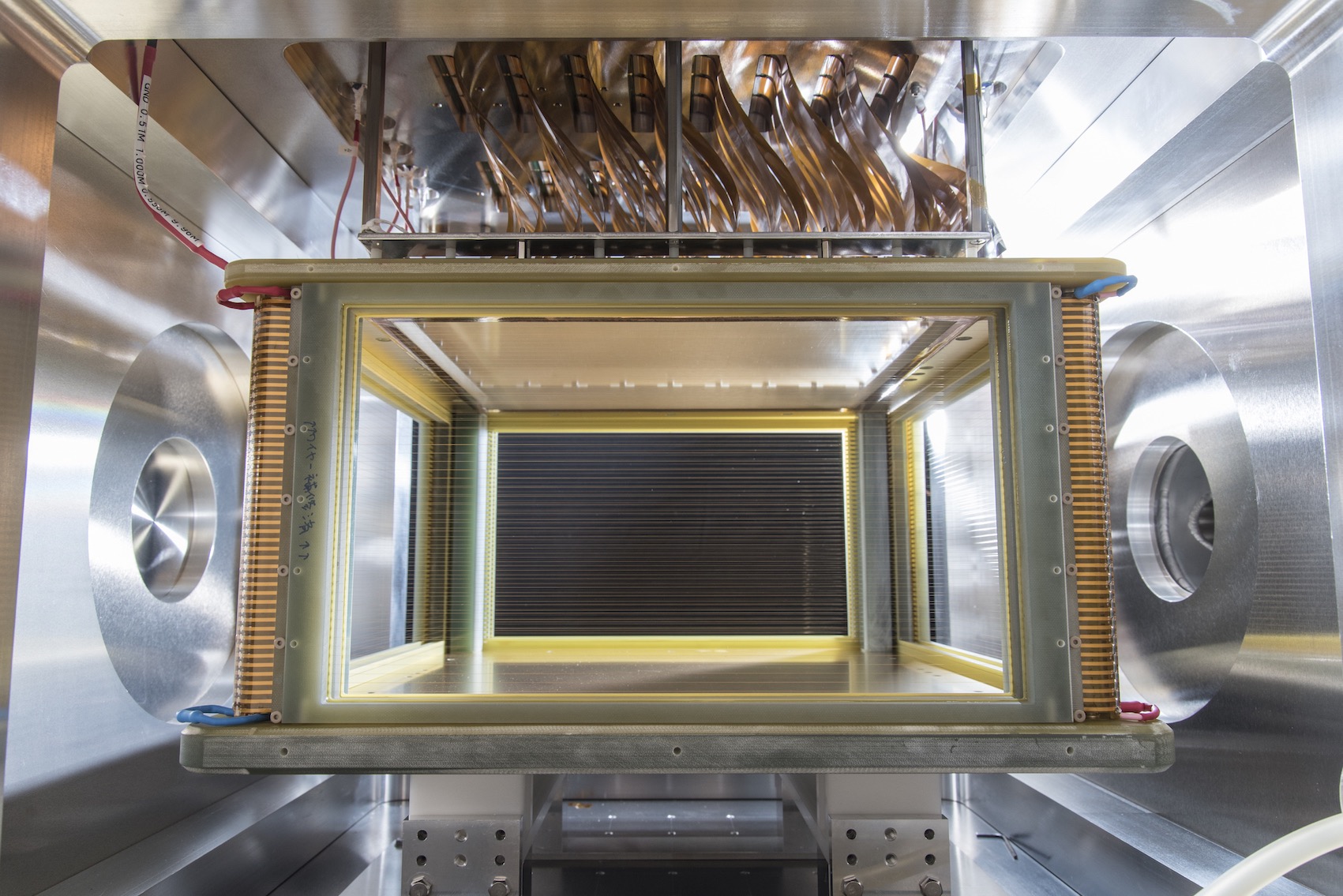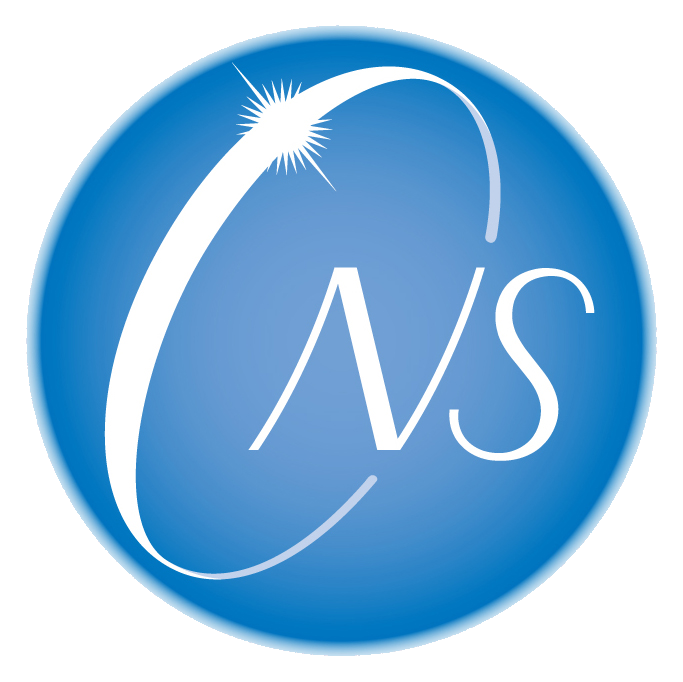2025
ウェブページが新しくなりました
東京大学原子核科学研究センターのホームページは2025年5月にリニューアルしました。 新しいサイトは、 https://www.cns.s.u-tokyo.ac.jp/cns/ からご覧ください。
進学ガイダンス2025
大学院進学希望者を対象にガイダンスを行います。
各研究室の情報は以下のページに掲載されていますので、随時、教員までご相談ください。
山口研(宇宙核物理)
矢向研(エキゾチック核反応)
今井研(低エネルギー重イオン核反応)
青井研(核構造)
郡司研(高エネルギー重イオン衝突)
酒見研(基本対称性)
理研RIビームファクトリー原子核科学研究センター見学ツアー
最先端の原子核物理研究の拠点である理化学研究所RIビームファクトリーや原子核科学研究センターの見学・説明会を行います。
2025年 5月10日(土) 13時頃~
理化学研究所 (埼玉県和光市広沢2-1)
参加登録フォーム
物理学専攻 入試ガイダンス(オンライン)
2025年 5月31日(土) 10:00-15:30
原子核科学研究センターの属するA2サブコースの紹介が含まれます。
詳細は、近日中に物理学専攻のページに掲載されます。うち、13:30-15:30 には、原子核科学研究センター進学相談会をハイブリッドにて開催します。
原子核科学研究センター進学相談会 zoom接続先
ミーティング ID: 890 8854 5316 パスコード: 778512
物理学専攻A2サブコース合同ガイダンス
2025年 6月4日(水) 16:00 より本郷キャンパスにて開催します。詳細
研究所ガイダンス
2025年 6月13日(金) 16:30-18:00 理学部1号館233
原子核科学研究センターの各研究室の紹介を含むガイダンスを行います。
CNS和光施設/理化学研究所RIBF見学会
2025年 6月14日(土) 午後に進学生向けの和光施設見学会を行う予定です。
見学は随時受け付けています。教員にご連絡ください。
ガイダンス担当:郡司(gunji@cns.s.u-tokyo.ac.jp)

2024
二重荷電交換反応の論文が出版されました
阪上朱音 教務補佐員 (矢向研)が筆頭著者の二重荷電交換反応を用いた二重ガモフテラー巨大共鳴についての実験研究の論文がPTEPに出版されました。この論文は、PTEP誌の注目論文にあたる Editors’ choice に選出されました。 また記者発表も行いました。
下浦名誉教授が第70回仁科記念賞を受賞
元原子核科学研究センター長の下浦享東大名誉教授が、「4中性子状態の実験的研究」の研究業績に対して2024年度(第70回)仁科賞を受賞されました。
おめでとうございます!
位置感応型モザイク検出器の論文が出版されました
李嘉泰さん(今井研D2)が筆頭著者の、位置感応型モザイク検出器の論文がNucl.Instrum. and Meth. in Phys. A誌に掲載されました。 https://doi.org/10.1016/j.nima.2024.170019
核融合を用いた新重イオン創成機構の研究を推進しています。 おめでとうございます!
北村徳隆助教が第19回(2025年)日本物理学会若手奨励賞を受賞しました
北村徳隆助教が第19回(2025年)日本物理学会若手奨励賞(第31回原子核談話会新人賞)を受賞されました。 おめでとうございます。
受賞者:北村徳隆氏(東京大学大学院理学系研究科附属原子核科学研究センター) 研究題目:「32Mg と 30Mg のガンマ線分光による「反転の島」の研究」 (Gamma-ray spectroscopy of 32Mg and 30Mg for a study of ‘Island of Inversion’)
受賞対象論文
- “Coexisting normal and intruder configurations in 32Mg”, N. Kitamura et al., Physics Letters B822 (2021) 136682
- “In-beam γ-ray spectroscopy of 32Mg via direct reactions”, N. Kitamura et al., Physical Review C105, 034318 (2022)
- “Structure of 30Mg explored via in-beam γ-ray spectroscopy”, N. Kitamura et al., Physical Review C102, 054318 (2020)
受賞理由: 軽い中性子過剰領域において、特異な核構造の変化が観測されている領域「反転の島」の 理解は、原子核物理学における長年の課題となっている。 「反転の島」の内外に属する 32Mg, 30Mg 領域においてインビーム γ 分光実験を通じて、 直接反応によって生成・励起させた各同位体の励起状態を詳細に解析し、分光学的因子や運 動量分布の丁寧な分析から、各励起状態のスピン・パリティを含むレベルスキームを実験的 に明らかにした。また、「反転の島」の境界にある原子核の励起準位を正確に決定し、特に 過去の 30Mg における魔法数 N=20 の破れを示唆した実験の誤りを修正することで、30Mg が 「反転の島」の外に位置することを明確にした。この結果、数十年にわたり議論が続いてい た Mg 不安定核の構造を最終的に確定することに成功した。 反転の島の境界における核構造進化は今日の不安定核物理の重要な課題であり、その統 一的な理解を促進させたことは高く評価される。実験解析のみならず堅実な理論解析を成 し遂げている。同氏の実験研究者としての能力は高く、今後の活躍が大いに期待される。
2024 年 10 月 21 日
原子核談話会若手賞選考委員会
ホウ素-8 原子核の分解反応機構の解明に関する成果発表を行いました
ホウ素-8 原子核は「陽子ハロー構造」を持つ原子核として知られており、 その特殊な構造のため、原子核の分解反応が低いエネルギーでも顕著に起こる ことが実験を通して確認されました。
実験はCNSのCRIB装置を使い、宇宙核物理グループ(山口研究室)が イタリアのレニャーロ研究所他との国際共同実験として行いました。 M. Mazzocco et al., Phys. Rev. C 110, 044611 (2024): https://doi.org/10.1103/PhysRevC.110.044611
第12回 Streaming Readout workshop (SRO XII)開催案内
この度、第12回 Streaming Readout workshop (SRO XII)を下記の要領で開催します。
開催概要
- 日程: 2024年12月2日(月)〜 12月4日(水)
- 会場: 東京大学 小柴ホール (12/2-12/3) 理学部一号館233号室 (12/4)
- indico: https://indico.bnl.gov/event/24286/
- 共催: 東京大学クォーク核物理研究機構 東京大学原子核科学研究センター 大阪大学核物理研究センター 理化学研究所 仁科加速器科学研究センター
本ワークショップはストリーミング型データ収集システムについてのワークショップシリーズの第12回となります。 様々な加速器施設で開発が進んでいるストリーミング型データ収集システムに関する専門家と、 それを活用する実験研究者が一同に会することで、開発中のシステム、性能、運用等に関する知見を共有し、 今後の多くの加速器施設や原子核・素粒子実験において実装されるであろうストリーミング型データ収集システムに向けて協力して開発を進めること、 米国内では特にEICに向けた開発を目的として、これまでのワークショップは主に米国で開催されてきました。 日本では、原子核物理コミュニティを中心として、ストリーミング型データ収集のより一般的な標準化を目指すSPADI-Allianceが活動しています。 これを受けて日米の協力によって2023年の日米合同ハワイ学会のサテライトワークショップとして第11回を開催しました。 今回は、東京大学クォーク核物理研究機構が中心となり、SPADI-Allianceとの協力のもと、第12回のワークショップを日本で開催します。
CNS Seminar by Prof. Alexander Gerbershagen (Oct16)
Place: RIKEN Nishina-hall (hybrid, zoom)
Date: Oct. 16 (Wed) 10:00(-12:00)
Speaker: Prof. Dr. Alexander Gerbershagen
(Dept. of Radiation Oncology, Univ. Medical Center Groningen, Univ. of Groningen)
Title: PARticle Therapy REsearch Center (PARTREC): From Nuclear Physics to Medicine
Abstract: After 25 years of successful research in the nuclear and radiation physics domain, the KVI-CART research center in Groningen is upgraded and re-established as the PARticle Therapy REsearch Center (PARTREC). Using the superconducting cyclotron AGOR and being embedded within the University Medical Center Groningen, it operates in close collaboration with the Groningen Proton Therapy Center. PARTREC uniquely combines R&D programs on radiation physics, nuclear physics, medical physics, biology and radiotherapy research with the main aim to improve hadron therapy technology and advanced radiation therapy for cancer. A number of further upgrades have established a wide range of irradiation modalities, such as pencil beam scanning, shoot-through with high energy protons and SOBP for protons, helium and carbon ions as well as delivery of spatial fractionation (GRID) and dose rates over 300 Gy/s (FLASH). The presentation summarizes diverse research activities performed at PARTREC and delineates the path from radiobiology to human treatment planning.
